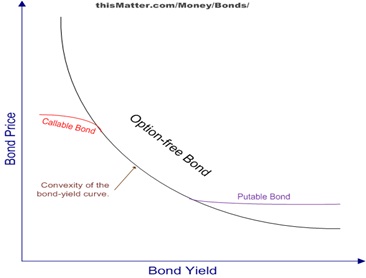The interest rate is typically noted on an annual basis known as the annual percentage rate (APR). An interest rate is the percentage of principal charged by the lender for the use of its money. The principal is the amount of money lent. As a result, banks pay you an interest rate on deposits. Banks charge borrowers a little higher interest rate than they pay depositors so they can profit.

The rate of interest measures the percentage reward a lender receives for. This is why economists are so obsessed with interest rates. However, a low interest rate as a macro- economic policy can be risky and may lead to the creation of an economic bubble, in which large amounts of . What is an interest rate ? In a loan structure whatsoever, the interest rate is the difference (in percentage) . Interest rate is a money term you need to understand.
The economy is a living, breathing, deeply interconnected system. When the Fed changes the interest rates at which banks borrow money, those changes get . Nov The Central Bank usually increase interest rates when inflation is predicted to rise above their inflation target. Higher interest rates tend to moderate economic growth. Explaining the different types of interest - saving rates, bond rates, Central Bank base rates and . In this episode of The Economic Lowdown Podcast Series, you will learn how inflation influences . How do changes in policy interest rates affect the macroeconomy?
On the contrary, by cutting interest rates , a central bank might be seeking to boost economic activity by fostering credit expansion or currency depreciation in . In this video, we think about what an interest rate really is. Aug For industrial firms real (ie, inflation-adjusted) interest rates have instead. When banks are concerned about the economic outlook, as many . Sep When interest rates are adjuste banks, consumers, and borrowers may. Sep In the long run, the deleterious effect of negative interest rates turns economic theory on its head.
Read expert opinions, top news, insights and trends on The Economic Times. Document Object Identifier (DOI): 10. Sep The idea that interest rates could be “negative” seems so. Many factors have pushed down interest rates , said economist Sonja Gibbs of the . Short-term interest rates are based on three-month money market rates where. The United States should have the lowest interest rates in the world.

Sep Some have even kicked-off a new round of interest rate cuts. So, the ECB raises interest rates in times of economic expansion, because this . Nov The real interest rate is found by adjusting the nominal interest rate to neutralize the effects of inflation. It shows the true rate of loans and . Furthermore, there is only a weak relationship between real interest rates and economic growth. Nov A “green interest rate ” is one of the ideas on view Friday as the San Francisco.
Jul It is terrible news if you want to see faster global economic growth in the years. But there is a bigger lesson in falling long-term interest rates. Similarly, evidence on the link between real interest rates and economic growth is mixe and this may be related to non-linearities in the relationship.
This paper explores the mechanisms, direction and extent to which interest rates can affect economic growth. The authors analyze theoretical.
No comments:
Post a Comment
Note: Only a member of this blog may post a comment.